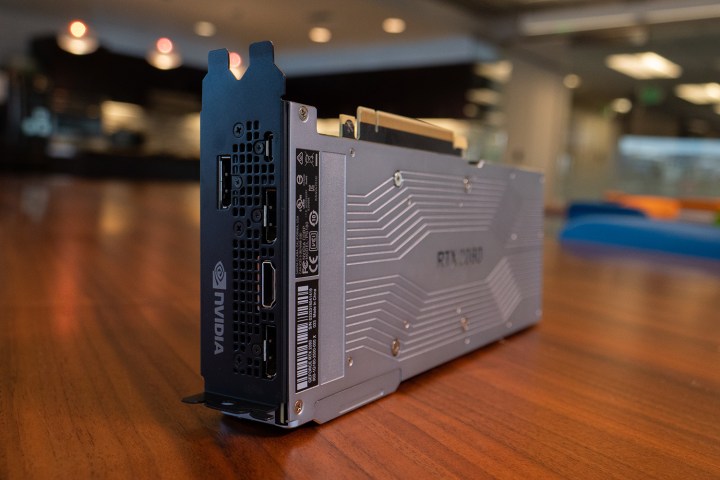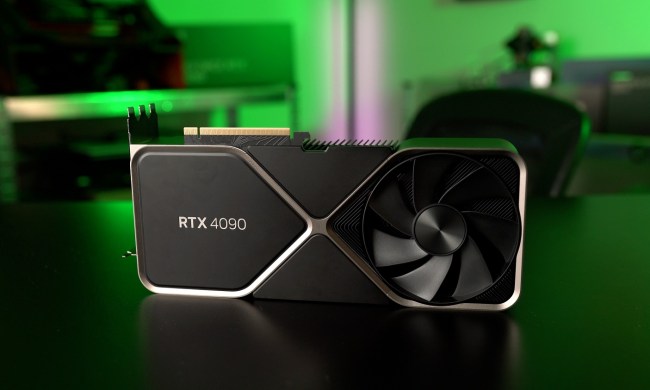
It has been rumored in the past month that Nvidia could soon debut a new GTX 1660Ti graphics card to entice gamers with midrange performance and lower price points. In what is now the freshest development, alleged leaked benchmarks are showing that the new offering could be as much as 20 percent faster when compared to the older GTX 1060.
AOTS – GTX 1660 Ti High (1080p) Score 7400 ( Laptop )
GTX 1060 High (1080p) Score 6200 ( Laptop ) pic.twitter.com/wdQ1lgFJ1C— APISAK (@TUM_APISAK) January 21, 2019
The leak comes from TUM_APISAK on Twitter, who discovered Ashes of the Singularity performance benchmarks in an online database. In the scoring, the yet to be announced GTX 1660 Ti netted 7,400 at 1080p high resolution, topping the GTX 1060 at 6,200. Adding up to roughly a 1,200-point (or 20-percent) difference, this hints that the GTX 1660 Ti could be as powerful as the GTX 1060. It also suggests that the graphics card could have been tested internally at Nvidia, and could be coming soon.
Pricing is not yet known on the GTX 1660 Ti, but if midrange pricing holds up to be true, Nvidia could win gamers scared by the $600 cost of the RTX 2070 and the newly announced $350 RTX 2060. A release date is also not yet known, but Videocardz reports that the GTX 1660 Ti could be coming in February alongside a non-Ti model with the much faster GDDR5X memory. Still, it is hard to truly judge the performance value without knowing the price.
As for now, it could be an enticing upgrade, as the older GTX 1060 remains very popular, accounting for 15.39 percent of the overall share on Steam in December of 2018. Compared to the top-of-the-line RTX 2060, very early rumors have indicated that the GTX 1660 Ti could ship with a lesser powered TU116 Turning GPU but without support for ray tracing. It also was rumored to come with a total of 1,526 CUDA cores, 20 percent more than what is found onboard the GTX 1060. As for the video memory, that was noted at 6GB of GDDR6 memory, the same amount on the RTX 2060 series.
That is powerful enough for most midrange gaming and would nicely balance out Nvidia’s lineup, falling in between both the older GTX 1060 and ray tracing-enabled RTX 2060. And, with AMD just taking the wraps off the Vega VII, this newer and cheaper card would only spice up the graphics card competition, which is always better for the wallets of gamers who are on a budget.



